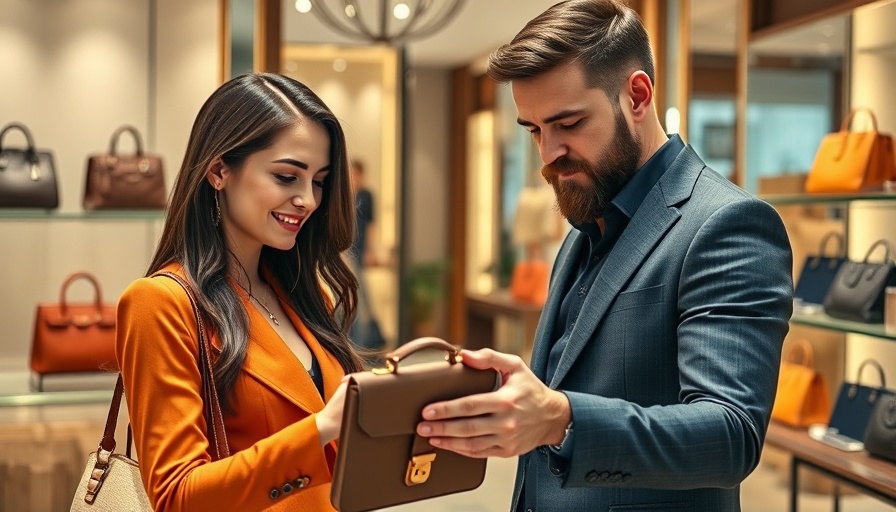
Understanding the Nuances of PPC in Luxury Fashion
PPC, or pay-per-click advertising, has become an essential strategy for luxury fashion brands aiming to capture exclusive markets. As highlighted by experts, the luxury sector doesn’t just deal with higher price points; it delves into unique audience segments and, often, longer purchase paths. Luxury brands like Louis Vuitton, Chanel, and Gucci have successfully leveraged PPC to enhance their visibility and reach, generating immense brand value exceeding $87 billion.
Targeting the Unique Luxury Audience
Effective PPC marketing requires a thorough understanding of luxury consumers' distinctive behaviors and preferences. These high-end shoppers can generally be segmented into three categories: Ultra-High-Net-Worth Individuals (UHNWI), Aspirational Consumers, and New Luxury Shoppers. Each group has varying motivations and levels of engagement with luxury brands, emphasizing the need for tailored PPC strategies.
For instance, UHNWI buyers often purchase luxury items without regard for price, while Aspirational Consumers make purchases cautiously, seeking to align their spending with their perceived social status. In contrast, New Luxury Shoppers, predominantly Millennials and Gen Z, display a growing affinity for online engagement with luxury goods, often favoring second-hand purchases. Recognizing these nuances creates more targeted and effective advertising campaigns.
Strategies for Enhanced PPC Performance
The luxury fashion market can capitalize on several PPC strategies to improve ad performance and customer acquisition. Unlike traditional ecommerce strategies, luxury PPC requires a more calculated approach. One key tactic includes segmenting performance data based on consumer groups to identify where the highest returns on ad spend (ROAS) can be achieved. Advertisers need to focus not just on broad keyword bidding, such as “luxury handbags,” but also adjust based on user segments that have fundamentally different behaviors and spending capabilities.
Moreover, implementing multi-platform strategies is crucial. While Google Ads remains an effective avenue, luxury brands should also engage on visually dominant platforms like Instagram, which resonates well with younger audiences. Additionally, personalized advertisements that convey exclusivity can significantly enhance engagement rates.
The Future of Luxury Fashion PPC
As digital marketplaces evolve, so too must the strategies businesses employ. Industry projections suggest that by 2030, different consumer behaviors will redefine market engagement, with Gen Z poised to contribute significantly to luxury purchases. This generational shift necessitates a more sophisticated integration of data analytics to inform ad targeting, creative direction, and customer relationship management.
Moreover, the landscape of luxury consumption may also pivot towards sustainability and ethical purchasing. Brands that successfully address these changing consumer priorities while delivering compelling narratives about exclusivity and quality stand to gain market share in an increasingly competitive environment.
Conclusion: Embracing Strategic PPC Marketing
A meticulous approach to PPC in the luxury sector can lead to significant revenue growth. By managing campaigns that resonate with the distinct needs of luxury consumers, brands can enhance their competitive edge while driving online sales. For luxury brands looking to scale effectively, focusing on segmentation, personalized engagement, and an understanding of evolving consumer preferences is paramount for future success in the digital marketplace.
To effectively harness these insights, luxury brands should consider working with digital marketing strategists who specialize in PPC. This partnership can enable brands to refine their strategies, maximize returns on investment, and carve out their niche in a crowded marketplace.
 Add Row
Add Row  Add
Add 






Write A Comment